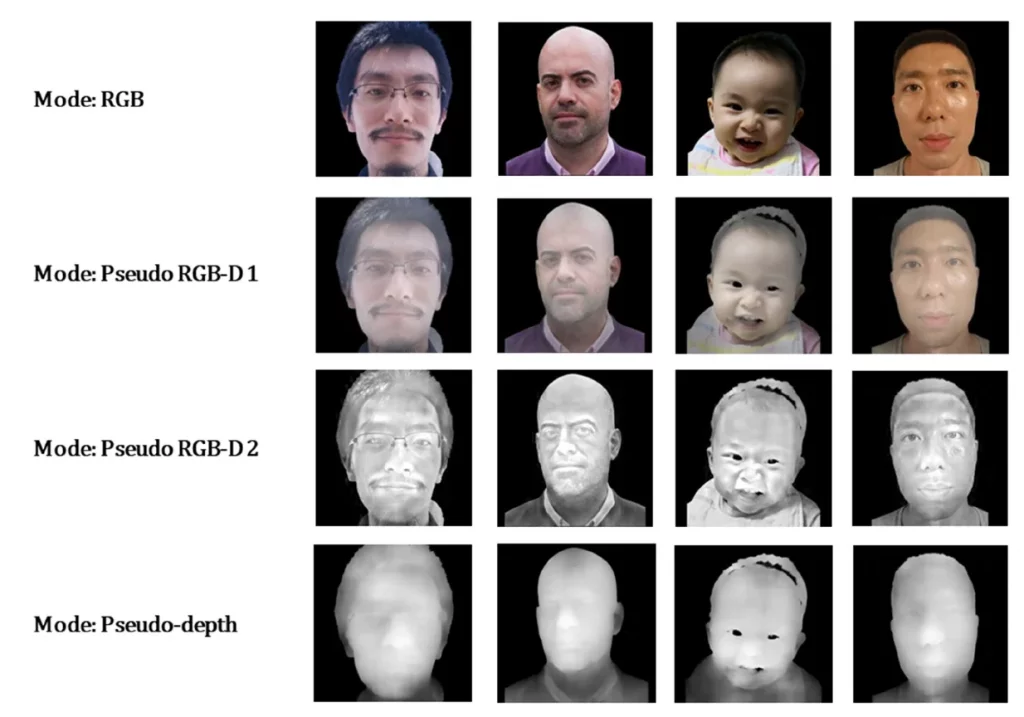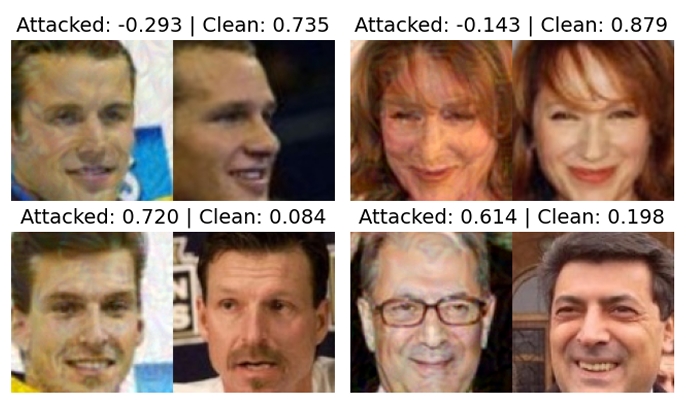
Status
Published
Featured in:
PhD Thesis
Authors:
Jin Bo
Today, face image-based applications have become widespread in fields such as security, medicine, and entertainment. Factors like lighting, pose, and facial expressions can impact the performance of these applications. Over the past decade, the development and affordability of low-cost RGB-D sensors have made it possible to obtain depth information of objects, leading researchers to tackle face recognition problems by capturing RGB-D face images. However, due to privacy restrictions, acquiring depth data from human faces remains challenging, and 2D RGB face images are still prevalent. Intelligent beings, such as humans, can use their vast experience to derive 3D spatial information from 2D scenes. Machine learning methodologies aim to solve such problems by training computers to generate accurate answers. Our research’s objective is to enhance the performance of subsequent face processing tasks, such as face recognition and facial diagnosis, by obtaining depth maps directly from corresponding RGB images. We propose a pseudo RGB-D facial image processing framework that replaces depth sensors with generated pseudo-depth maps and others data-driven methods to create depth maps from 2D face images. Specifically, we design and implement a generative adversarial network model named ‘D+GAN’ for multi-conditional image-to-image translation with facial attributes. We validate the pseudo RGB-D facial image processing approach through experiments on face recognition and facial diagnosis using various datasets. The pseudo RGB-D facial image processing framework works in conjunction with image fusion algorithms to enhance face recognition and facial diagnosis performance. To further exploit pseudo-depth features, we ultimately propose a simulated multimodal facial image processing framework that significantly improves performance with a higher probability.


© 2024 VISTeam | Made by Black Monster Media

Institute of Systems and Robotics Department of Electrical and Computers Engineering University of Coimbra